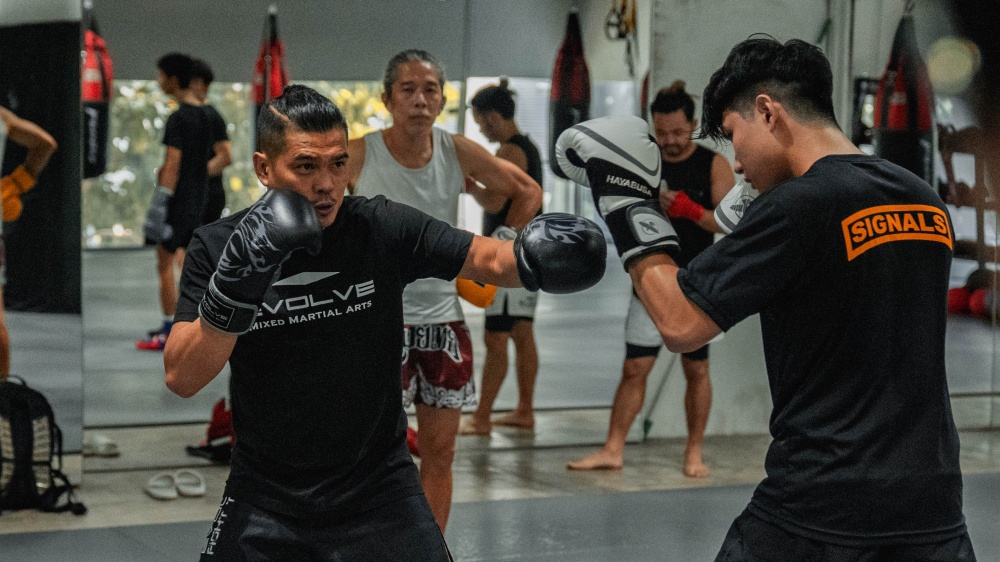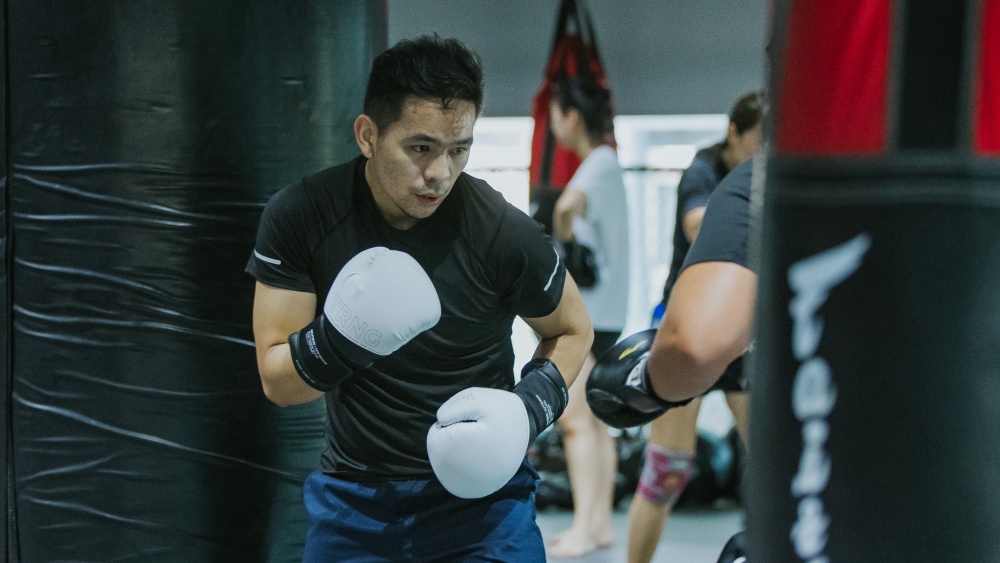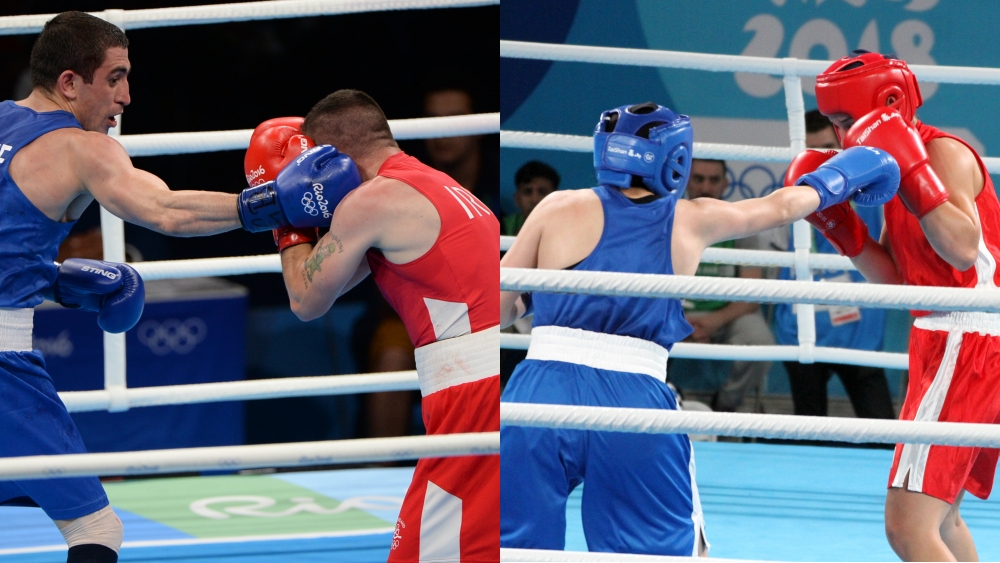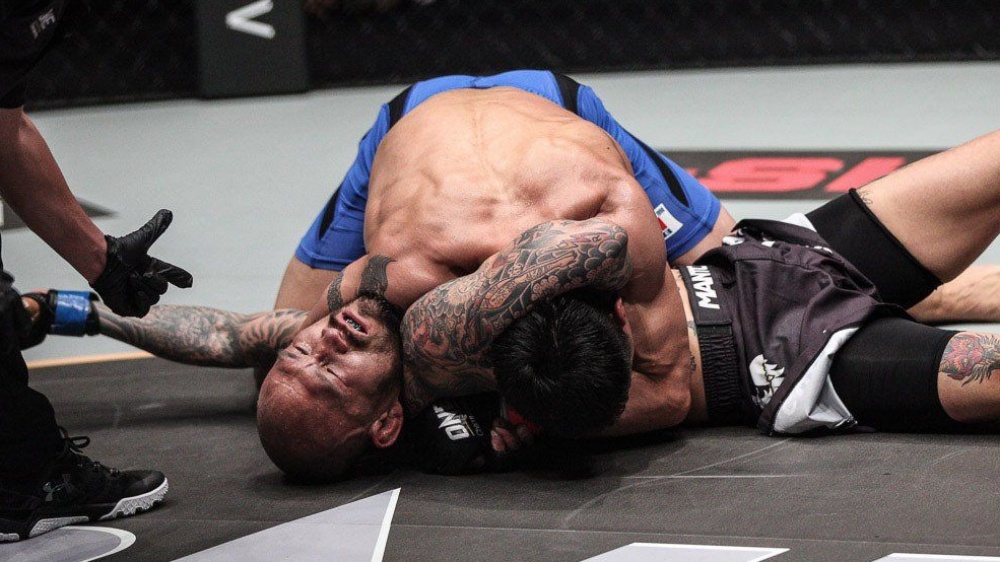At its core, boxing is a simple sport where participants aim to land more punches than their opponents in hopes of eventually securing a knockout blow or winning the bout via decision. Casual observers often view boxing as an aggressive and brutal sport that focuses on offense, but those who understand the sweet science’s intricacies understand that defense is equally as important as offense, if not more important.
The 2023 super-fight featuring Gervonta Davis and Ryan Garcia highlighted this reality. Garcia out-landed Davis considerably during the opening rounds, but Davis was able to take advantage of holes in the defense and win the fight via knockout in the seventh round, after dropping Garcia with a left hook in the second round. Davis is a protégé of Floyd Mayweather, who dominated boxing for over 23 years, relying mostly on his defensive prowess during the latter half of his career.
Blocking is the foundation of good defense in boxing since even the most defensive-minded boxers can’t evade, slip, or roll away from every attack. Ideally, you want to do these things since you don’t take any damage when you evade a punch, but it isn’t always possible to predict your opponent’s next attack. The next best thing you can do in these situations is to block attacks and minimize the damage they cause. A successful block also prevents your opponent from scoring points and opens them up to counterattacks.
Everything You Should Know About Blocking Punches In Boxing
There are four main types of blocks used in boxing, with each serving you best in specific scenarios. Here’s a breakdown of how each of these blocking techniques works:
1) High Block
The high block is one of the first defensive techniques new boxers learn and there are two main ways it’s done. The first involves sliding your gloves up so the cushioned part over your knuckles rests on your face at eyebrow level. It’s an effective way to block straight punches aimed at your face.
Make sure your gloves make contact with your face or the punch you’re blocking will cause you to punch yourself in the face.
The second way to perform a high block involves bringing your gloves higher up toward the sides of your head. Blocking this way allows your arms to absorb most of a punch’s impact. This approach was often used by Floyd Mayweather when opponents managed to pin him against the ropes. However, blocking this way leaves you more exposed to body shots than the first variation.
Some of the other ways to use a high block in boxing include:
- Lead High Block: This involves raising your lead side glove to head level, pivoting your lead foot, and rotating your body toward your rear leg. It’s an effective way to block looping punches like hooks aimed at your lead side.
- Rear High Block: This involves bringing your rear hand to head level, pivoting your lead leg, and rotating toward your lead leg. It’s used for looping attacks coming from your rear side.
2) Low Block
Low blocks share many similarities to high blocks besides the level of your hands. Low blocks are used to protect against punches aimed at your torso. The two main ways to execute a low block are:
- Lead Side Low Block: This entails lowering your center of gravity by bending at the knees while keeping your hands up. Drop your lead elbow and tuck it around hip height to protect your torso and keep your glove around shoulder height. Pivot your lead leg slightly as you rotate toward your rear side. Return to your regular fighting stance after you successfully block the attack.
- Rear Side Low Block: This involves tucking your rear elbow hip level as you lower your center of gravity. Keep your gloves at shoulder height and rotate toward your lead side to absorb the attack. Return to your regular stance afterwards since dropping your gloves to shoulder height leaves your head vulnerable to punches.
3) Catching
Catching is a defensive technique boxers use to deflect straight punches. When executed properly, it provides just enough resistance to prevent the punch from being caught by pushing your hand forcefully back into your face.
To catch a punch, raise your glove as it flies toward you and meet it with the palm of your hand. Pretend your opponent’s hand is a baseball and you’re catching their punch with a mitt. Keep your head behind your hand so the punch doesn’t connect if you don’t fully catch it. Return to your fighting stance immediately after catching a punch.
4) Parrying
Parrying is a boxing technique used to deflect incoming straight attacks and open opponents up to counterattacks. The technique is extremely effective at outside range. The key to successfully parrying a punch is knocking it off course right before it gets to its target. When done correctly, it should leave your opponent wide open for a counter.
- Lead Side Parry: From your fighting stance, smack an incoming punch downward right when it gets into range. Your glove should be perpendicular to the canvas and your elbow should be high. Follow up with a counter like a cross.
- Rear Side Parry: From your fighting stance, hit a punch downward with your rear hand while keeping your elbow up high.
Importance Of Having A Solid Stance, Guard, And Footwork.
A proper boxing stance is the foundation for all your blocking techniques. Here’s a quick refresher on those fundamentals:
Start with a proper stance, which lays the foundation for both offense and defense. Your lead foot should be slightly forward, with your rear foot angled at about 45 degrees. Distribute your weight evenly on both feet, with your knees slightly bent. You should feel well-balanced in your stance and should be able to drop levels with ease.
2) The Guard
Raise both gloves to head level. Your lead glove should be slightly forward, prepared to parry or deflect incoming jabs. The rear glove should be closer to the side of your chin or cheek, ready to block hooks or cross punches. This position will shield your head, one of the primary targets in boxing.
3) Footwork
Blocking isn’t just about using your hands. Footwork plays a pivotal role in defense. Always remember to:
- Stay On Your Toes: This makes you agile and quick, enabling you to move out of an opponent’s punching range swiftly.
- Use Lateral Movement: Instead of moving straight back, which leaves you in the path of lunging attacks, move side to side. This will make you a moving target which is harder to hit.
- Pivot: If an opponent lunges in, pivot on your lead foot, turning your body. This will change your angle to your opponent, causing their punch to miss.
Get More Defensive Tips By Trying Out Boxing Now!
Looking to improve your boxing defense? Feel free to attend one of our complimentary introductory boxing classes to train with our World-Class Instructors.
Book your complimentary trial class with our World Champions below!
If you have any other questions regarding Evolve MMA and the programs we offer, you can get in touch with our membership executives at the following locations:
Evolve MMA (Far East Square)
26 China Street
Far East Square #01-01
Singapore 049568
Phone: (65) 6536 4525
Evolve MMA (Orchard Central)
181 Orchard Road
#06-01 Orchard Central
Singapore 238896
Phone: (65) 6536 4556
Evolve MMA (KINEX)
11 Tanjong Katong Road
#02-52 KINEX
Singapore 437157
Phone: (65) 6288 2293
Evolve MMA (Clarke Quay Central)
6 Eu Tong Sen Street
#04-18 Clarke Quay Central
Singapore 059817
Phone: (65) 6226 2150
Evolve MMA (Star Vista)
1 Vista Exchange Green
#02-26A The Star Vista
Singapore 138617
Phone: (65) 6539 9590

















